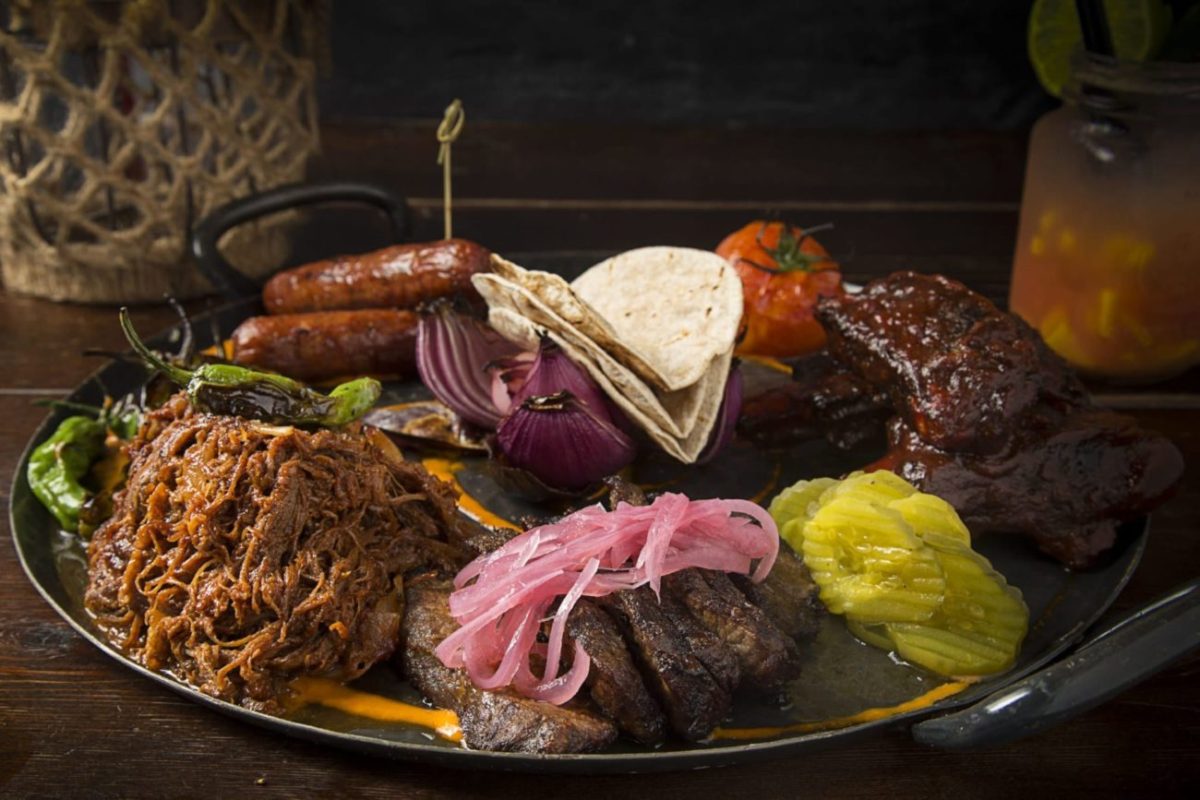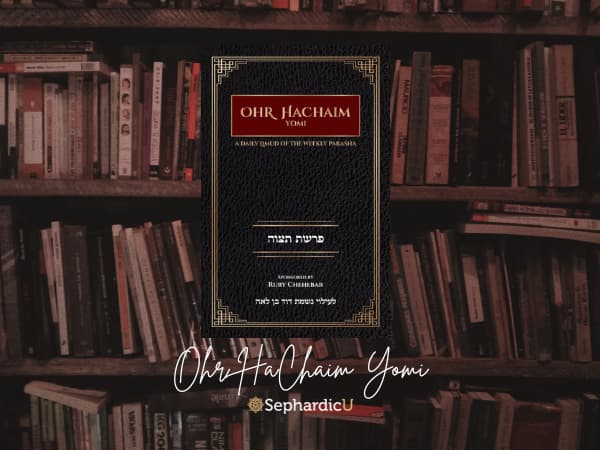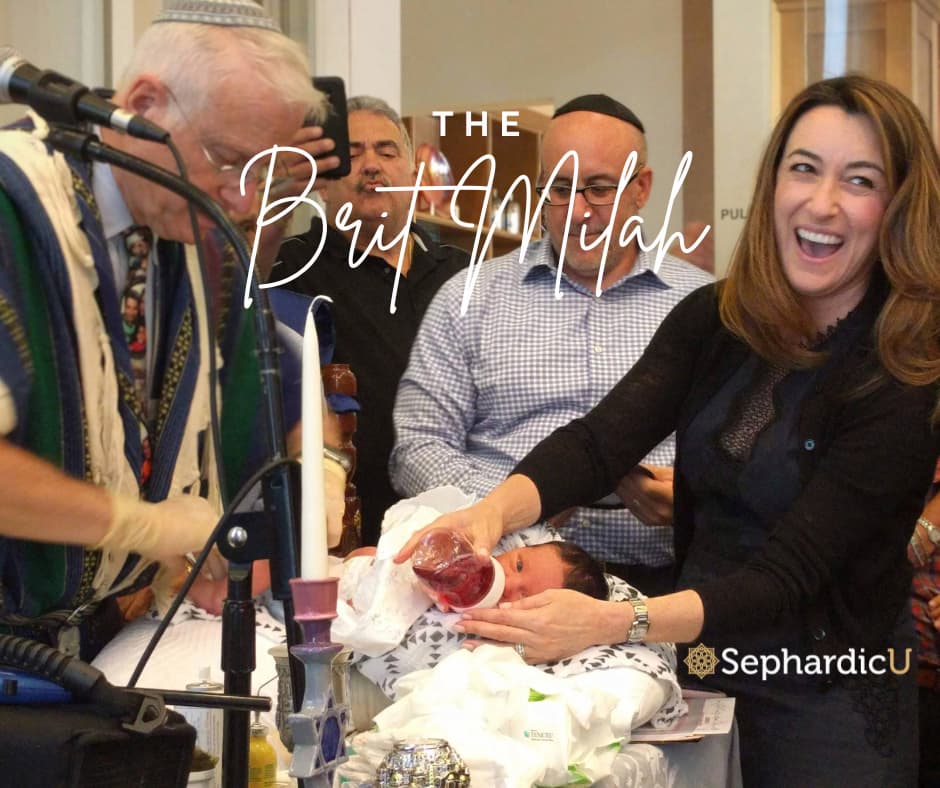Beth Yosef and Glatt Myth
Introduction:
There are several different levels of Kashrut certification for meat:
Kosher meat: as the name suggests, Kosher meat is indeed Kosher [what a surprise!]. The lung of the animal has been checked for adhesions or scar tissue, which might or might have not been found. If they were found they were checked by hand to see if they are easily removable, in which case it was determined that they are not a sign of a punctured lung.
Glatt meat: the word Glatt means smooth in the Judeo-German jargon (aka Yiddish). It is widely misused today as a marker of a higher standard of Kashrut, and is applied to dairy products, fruits and vegetables, etc. Originally, the term referred only to meat and implied that the lung of the animal was smooth and that there was no process of checking adhesions by hand to see if they are removable, or that there were only minor, gelatinous adhesions. Rabbi Moshe Iserles did not insist on Glatt meat, and the two levels of Kosher and Glatt meat existed side by side for centuries in Ashkenazi communities. Slaughter houses and butcher shops processed, supervised, and carried both lines with no special separation.
Original Beth Yosef Meat: Technically, it is the same as Glatt/smooth meat. It is called so because it was the opinion of Rabbi Yosef Karo, the author of the Beth Yosef commentary on the Arba’a Turim, that smoothing the adhesions of the lung by hand is an insufficient proof for the animal’s health. Rabbi Karo would only approve a smooth lung, hence the name Halak, or Glatt for the Ashkenazim.
Current Beth Yosef Meat:
Just as in Ashkenazi communities Glatt and Kosher co-existed, so they did in Sephardic communities. The details of which adhesion is problematic and which is not varied significantly from country to country and sometimes even among cities in the same country. The decision regarding the status of the lung was mainly in the hands of the slaughterers, and the rabbis would rule only on very complicated cases. Since the slaughterers in each city were organized in a certain kind of guild, the knowledge was shared among members of that guild and therefore tended to be homogenous in one town but different from place to place.
As Jews from all over the world poured into the newly founded State of Israel in the early 1950’s, one of the unexpected consequences was disputes over religious practices. The dispute was most bitter when it was a matter of public rather than private or congregational concern. Whereas one could still follow his practices at home or at the synagogue which maintained his tradition, Kashrut certification or life-cycle events governed by the Chief Rabbinate were a different story. The person who can be accredited, more than anyone else, for bringing to light the awareness of the difference between the Sephardic and Ashkenazi traditions, is Rabbi Ovadia Yosef (1920-2013).
Rabbi Yosef set a goal for himself, from a very young age, to “Restore the Crown to its Glory” – לְהַחֲזִיר עֲטָרָה לְיָשְׁנָהּ. Most people erroneously believe today that by these words he meant restoring the lost pride of the Sephardic world, or convincing the disparate Sephardic communities to follow the rulings of the Shulhan Arukh, but as a matter of fact his intention was to make Rabbi Yosef Karo’s works the sole source of Halakha for all Sephardic communities around the world and all Jewish inhabitants of Israel, regardless of their origin. He later abandoned the idea of forcing Ashkenazim to follow Shulhan Arukh, and decided to focus first on the opposition from within the Sephardic world.
One of the issues that Rabbi Yosef fought for was the insistence on following the opinion of Rabbi Yosef Karo on checking the lung for adhesions and the need to consume “smooth” meat, where no adhesions were found. At that stage, the term “Glatt meat”, used in the Ashkenazi world, and the term “Beth Yosef meat” used by Rabbi Ovadia Yosef and Rabbi Hayyim David HaLevy (1924-1998), meant the same thing. Both Rabbi Yosef and Rabbi HaLevy would be satisfied if Sepharadim would consume Glatt meat, because the term was used by Ashkenazim to describe meat certified according to the standards of Rabbi Yosef Karo.
With time, however, the meaning of the term Beth Yosef Meat was broadened to include other restrictions by Rabbi Yosef Karo regrading certain mucus-like growths on the lung. These restrictions were never practiced and were not part of the Sephardic campaign to “Restore the Glory” of the past. There are several reasons for that development:
The deepening schism between Sepharadim and Ashkenazim encouraged some rabbis to look for more differences in practice.
Creating a new standard of kashrut is profitable and guarantees a following.
The campaign of Rabbi Yosef created an atmosphere I would describe as “Halakhic Archeology” where Sephardic and later Ashkenazi rabbis delved into the Shulhan Arukh in an attempt to find more forgotten rules and reinstitute them.
The tragic result of these developments is that today the major Kashrut organizations do not even deal with Kosher meat and only certify Glatt meat. Sephardic organizations claim that Glatt meat does not meet the standards of the Shulhan Arukh and therefore have their own Kashrut universe, with many competing brands. This in turn breeds divisions, tensions, and unnecessary problems for travelers and guests, not to mention exorbitant prices.
In the following posts, I will present the sources in a chronological order, and will show that the longest-living tradition, among both Sephardic and Ashkenazi communities, was to consume the meat labeled today as plain Kosher, which is almost non-existent.
To conclude the introduction, here is an excerpt from an excellent article by Rabbi Ari Z. Zivotofsky (for the full article ) on the different levels of Kashrut for meat, with my comments in brackets.
Because this peeling [of lung adhesions] is mentioned and approved by the Ramah but not by the Mechaber (Rabbi Yosef Karo, the author of the Shulchan Aruch), Sephardim, who follow the Mechaber, are required to eat only glatt (chalak, in Hebrew) meat as defined by the Mechaber. [the assumption of the author is that all Sepharadim follow, or followed, Rabbi Karo. This is incorrect. The correct phrasing should have been: those Sepharadim who follow the Mechaber…]
The Mechaber is also the author of the Beit Yosef; therefore, such meat is termed “glatt/chalak Beit Yosef.” For Ashkenazim, there is a tradition that a small, easily removable adhesion is defined as a lower class of adhesion, known as rir, and that the presence of up to two such small, easily removable adhesions still qualifies the animal as glatt according to Ashkenazic tradition. Eating glatt is a worthy stringency that avoids potential problems raised by the Ramah’s controversial leniency. [even though the author calls the ruling of Rabbi Iserles controversial, he continues to say that:] It should be emphasized that the Ramah’s ruling is certainly legitimate and, in theory, non-glatt meat, if inspected properly [Hebrew National, for example], is 100% kosher for Ashkenazim [not only in theory, but in practice for all Jews for over a thousand years]. Today, the OU (and most other kashrut organizations in the U.S.) will only certify meat that is glatt, albeit not necessarily glatt Beit Yosef [Glatt or Chalak is the original Beth Yosef for which Rabbi Yosef and HaLevy fought, but as I have previously explained, a myth was created that it is insufficient for Sepharadim].








Ohr HaChaim Yomi – Emor